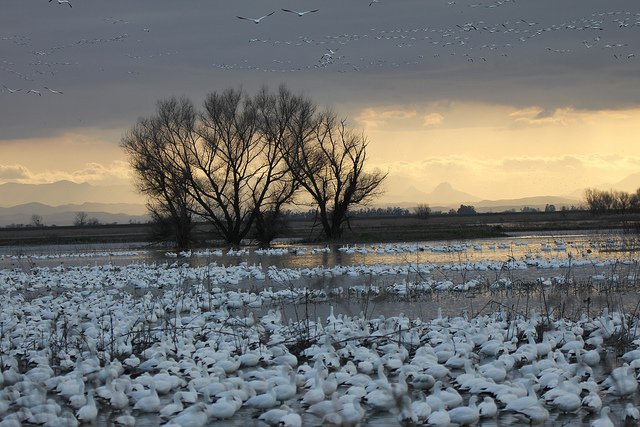
Jason A. Crotty is a birder and lawyer living in Portland, Oregon. He has visited more than 40 National Wildlife Refuges in 20 states and frequently visits NWRs in his travels, most recently Buenos Aires NWR in southern Arizona. This is Jason’s first contribution to 10,000 Birds:
# # #
Birders were rightly alarmed by the armed occupation of the Malheur NWR in Oregon. One of the nation’s premier birding locations had been overrun by an armed militia and the occupation unexpectedly endured for weeks.
The focus on Malheur is and was appropriate, but we should not lose sight of the significance of the entire National Wildlife Refuge System. The debates regarding the appropriate use of our public lands are likely to continue and most Americans are unaware of the importance of the System to wildlife conservation.
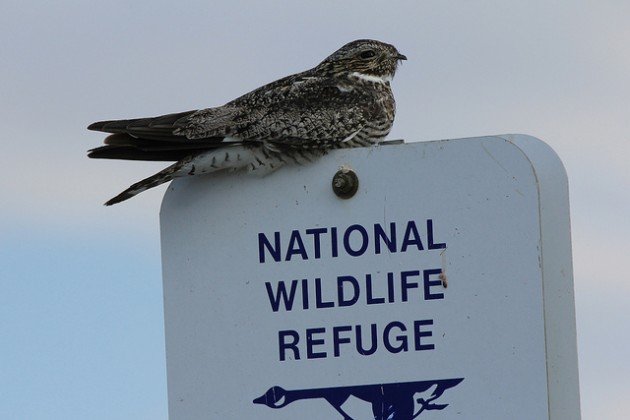
To insure that those places continue to exist, birders should lead the way on education and advocacy regarding the Refuge System. The key point is that Refuge System is perhaps the most important conservation program in the United States. The reason is twofold, size and mission. The combination is potent.
There are approximately 560 NWRs managed by the U.S. Fish and Wildlife Service (FWS) and they are located in every state as well as Puerto Rico, the U.S. Virgin Islands, and the remote Pacific Ocean. There are also hundreds of Waterfowl Production Areas (WPAs). As a result, the National Wildlife Refuge System contains virtually all habitats in the United States.
Excluding marine areas, the System contains approximately 90 million acres. The vast majority of this area (about 85%) is in Alaska. For comparison, the System is much smaller than the Bureau of Land Management (about 247 million) and the Forest Service (192 million), but slightly larger than the National Park Service (80 million).
Individually, many NWRs protect crucial bird habitat. For example, essentially the entire population of the endangered Whooping Crane winters at Aransas NWR in Texas. Farallon NWR, a group of islands near San Francisco, hosts the largest colonies of breeding seabirds south of Alaska. Refuges in the Klamath Basin can host a million waterfowl a day during migration.
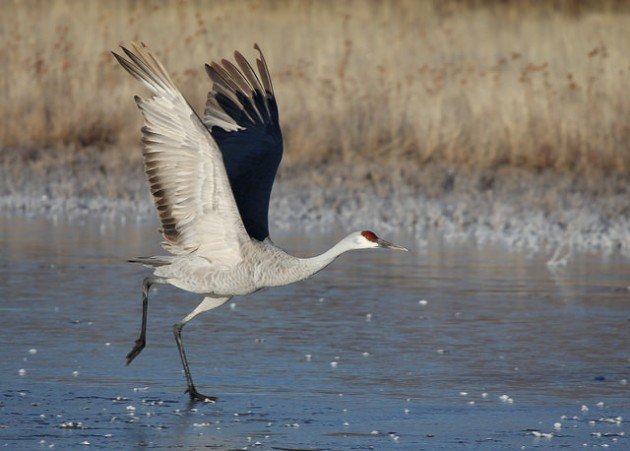
But when taken as a whole, the impact of the Refuge System is truly profound, supporting population-level numbers of numerous bird species. Because many NWRs were established to protect migrating birds, they lie along one of the four primary flyways. These refuges support huge numbers of swans, geese, ducks, cranes, and shorebirds as they hopscotch their way to breeding grounds in the north. For many, the journey ends in Alaska, where NWRs host staggering numbers of breeding birds, including more than 40 million within Alaska Maritime NWR alone.
These protected areas are not merely convenient, they are essential. Development has dramatically reduced the amount of suitable wildlife habitat. The Refuge System protects and, in some cases, restores, some of what remains. Additionally, funds from Duck Stamps allow the System to gradually expand, as FWS purchases land and obtains conservation easements from willing sellers. (A list of NWRs that have been created or expanded with such funds is here. Birders will see many favorites)
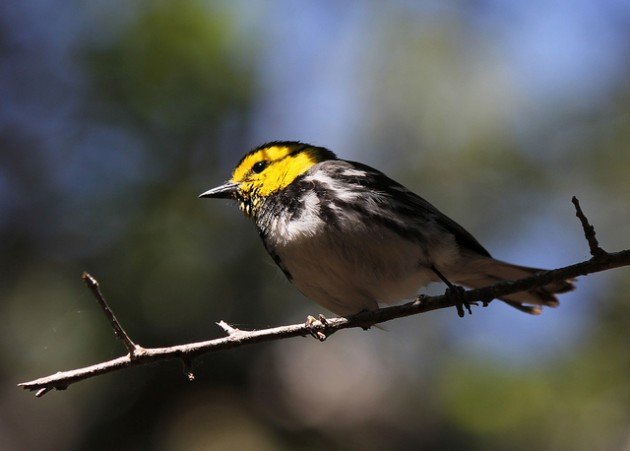
But it’s not just size that matters, it’s what you do with it. Congress has set forth a statutory mandate: “The Mission of the National Wildlife Refuge System is to administer a national network of lands and waters for the conservation, management, and where appropriate, restoration of the fish, wildlife, and plant resources and their habitats within the United States for the benefit of present and future generations of Americans.” This is a mission that all birders can surely support.
Thus, unlike other federal lands, which must balance competing uses, the Refuge System is dedicated to conservation. Accordingly, FWS manages with conservation as its primary priority and compatible wildlife-dependent recreation (hunting, fishing, wildlife observation and photography, environmental education and interpretation) as a secondary priority. Other activities are only permitted if compatible and, in practice, most are prohibited.
The System also leverages the generosity of the American people. Every year, approximately 42,000 people (many of them birders) volunteer more than 1.5 million hours of their time. And more than 200 non-profits support individual refuges with additional private resources. For example, the Friends of the Malheur NWR experienced a tremendous surge of support due to the occupation.
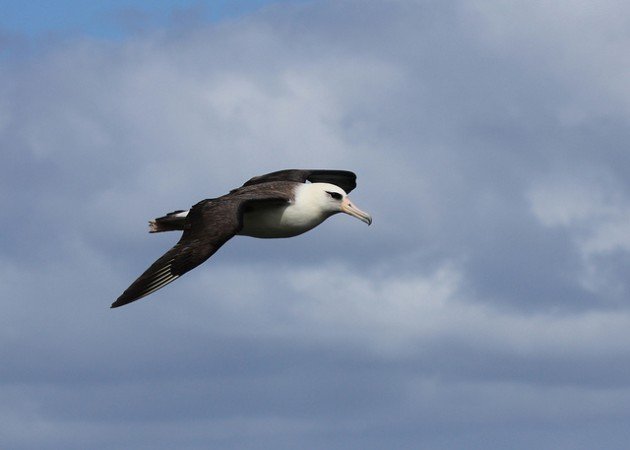
It’s not just for the birds. The System also protects bison, bighorn sheep, panthers, elk, grizzly bears, manatees, and ocelots, among others. The System also helps implement the Endangered Species Act and other federal conservation laws. The result is unique in the world: it is the only network of lands set aside and managed specifically for wildlife conservation.
Birders have a unique interest in the status of the National Wildlife Refuge System. Not only does it contain many of the finest birding locations in the United States, its size and mission help insure that there are birds to see both on and off refuge lands. But birders are essentially alone when it comes to this passion. At best, most Americans are only vaguely aware of the Refuge System—some of the reporting about Malheur NWR called it a “federal bird sanctuary.”
To maintain and improve these treasured public lands, birders should take the lead on public education and advocacy for the Refuge System.
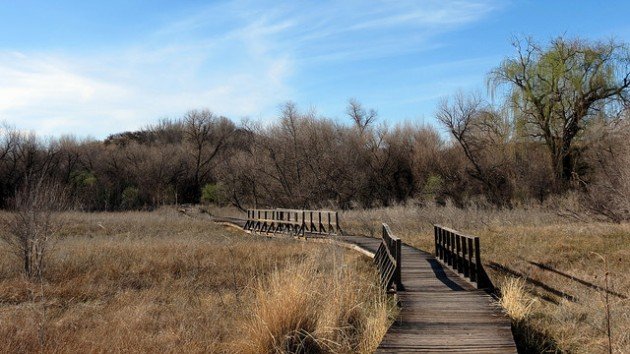





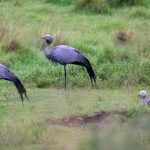





Jason,
Great article! Thanks for sharing.
Jason, informative and convincing article. I liked the bird photographs too.
Thank you Jason, for bringing attention, not only to the Malheur NWR occupation and the importance of our National Wildlife Refuge System, but also pointing out the necessity of keeping our public lands public. As I mentioned in my post a few weeks ago, the efforts by several Republican leaders to hand over federal public lands to the states would be catastrophic for our wildlife and our country.
Considering your obvious appreciation and involvement with our National Wildlife Refuge System, you might be interested in joining our fight to create an additional funding stream for our National Wildlife Refuge System at WildlifeConservationStamp.org
We have been volunteering for USFWS since 1988 beginning in RI where we lived. This is an informative article about the service. Thank you for raising the importance of these lands for wildlife preservation. They are also extremely important for educating young people.